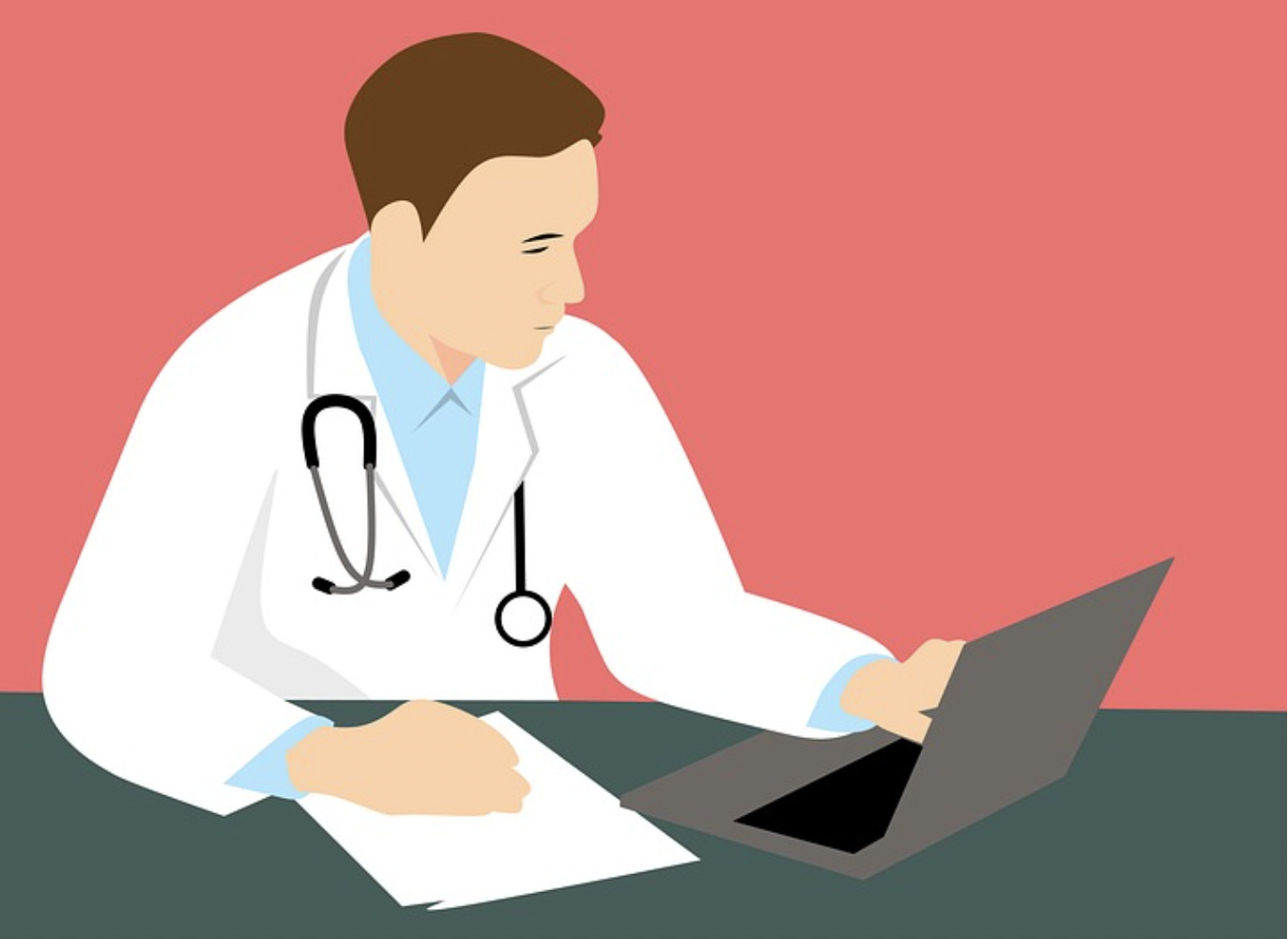Going to the doctor can be confusing and scary. People feel nervous about their health, tests, or treatments. They have many questions and worries on their mind. But they may not speak up because doctors seem so busy. Good communication can ease fears, so patients truly understand their situation. This allows them to make the best choices about their care.
Doctors have a duty to communicate well. Listening and explaining shows patients compassion. The experts at Med Abbrev recommend using simple language instead of complex medical terminology as this also helps. With open sharing, they can actively take part and feel empowered about health decisions.
Key Areas for Improvement
Certain areas especially need better communication in healthcare:
Informed Consent
Patients have a right to know about procedures before agreeing to them, but dense detail and technical language are hard to comprehend. Simplifying explanations using everyday words and examples would help. Invite lots of questions as well as this ensures total clarity, so patients grasp what they are signing off on.
Managing Expectations
Many patients arrive with misconceptions from the media or friends. Gently correcting inaccurate beliefs right away prevents disappointment. Also avoid making guarantees about outcomes. Instead, discuss realistic possibilities, both positive and negative. Patients will feel respected as partners by transparently laying out options.
Discussing Costs
Medical bills often shock people who did not budget properly. Doctors may avoid money talk thinking it awkward but reviewing charges for medications, tests, treatments, and more is crucial. Even ballpark estimates help patients plan expenses and manage stress.
Delivering Bad News
News of a scary diagnosis or death often gets mishandled. Rushing through details or using overly technical rationale adds confusion and anxiety. It is kinder to disclose gently, allow processing time and welcome emotions. This compassion helps cushion devastating revelations.
The Keys to Success
Improving communication requires effort by both sides. Here are essential tips for medical teams to enable good exchanges:
Listen Actively
Let patients speak without interruption first. Concentrate fully rather than multi-tasking during visits. Display interest by leaning in towards them and making good eye contact and show you hear them by summarizing back the main points and concerns raised.
Keep it Simple
Avoid lecturing in intricate medical terminology and concepts. Break down big ideas clearly in simpler terms. Use analogies patients relate to, provide takeaways sheets and encourage replay of record visits. This prevents overwhelmed, nod-and-smile responses from self-conscious ignorance.
Invite Dialogue
Make discussions a two-way street, not just a download of instructions. After explaining an issue, ask, “What questions do you have for me?” This makes patients comfortable probing deeper. Also learn what level of detail and bluntness they prefer for decision making.
Read Body Language
Notice if patients seem withdrawn, upset or tuning out. Check in on their emotional state and willingness to proceed. Watch also for winces, sharp breaths or tension signaling discomfort. Slow down and determine where communication is missing the mark.
Follow Up Effectively
Document key discussion points from visits in patient portals or summaries. This lets people review information later when less anxious. Send reminders about agreed actions, upcoming appointments and lifestyle changes. Quick check-in calls for complex cases show ongoing support. These touches maintain momentum between visits.
Cultural Awareness
Healthcare teams must recognize how cultural beliefs affect communication. Some cultures view certain topics as taboo or prefer family-centered decisions. Others may have different comfort levels with direct eye contact or physical touch. Learning and respecting these differences builds trust.
Conclusion
Clarifying healthcare issues takes attentiveness and patience. But better understanding on both sides leads to superior care and outcomes. Patients who comprehend their situation can also then spread accurate health awareness. This ultimately benefits public welfare.

